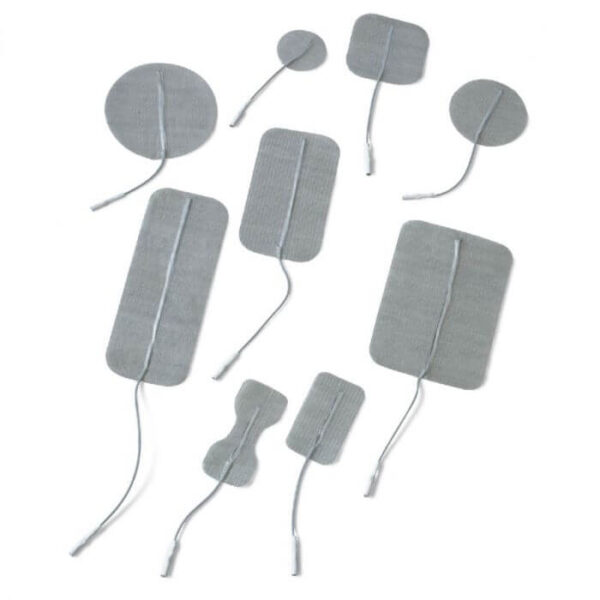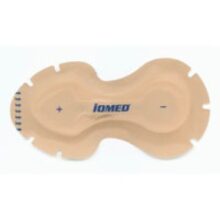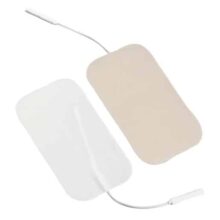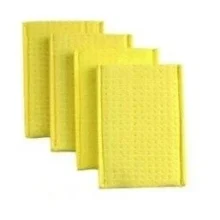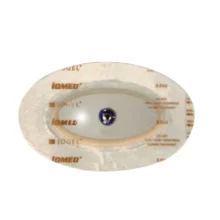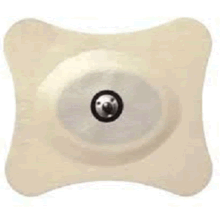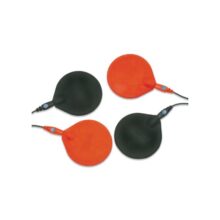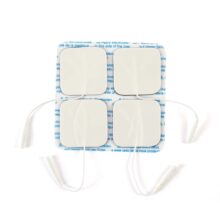Login For Dealer Pricing
Iogel Iontophoresis electrodes offer many powerful features to improve the effectiveness of drug delivery, including:
- Use of Silver-Silver Chloride to optimize delivery;
- Designed to eliminate hydrolysis of water and gas as well as pH shifts;
- Complete contact between drug electrode and skin, even in contoured body areas;
- Uniform distribution of drug delivery while minimizing skin irritation & burns;
- Peel away window to facilitate filling and handling. The window also helps to protect the adhesive cover during hydration and speeds electrode preparation.

